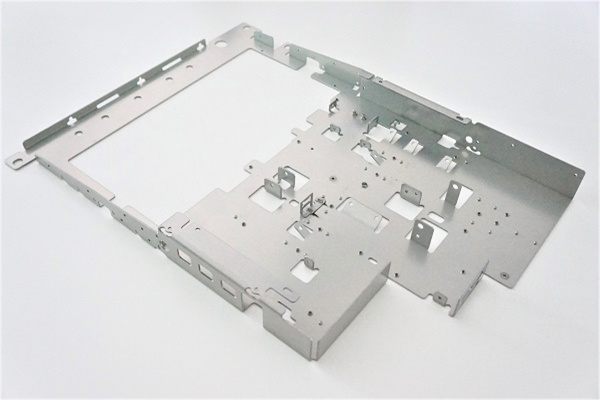Stainless steel square stamping and drawing parts, because it is the appearance of the parts, so the surface quality requirements are relatively high, the surface should not be scratched. Products generally are 200 mm in length, height of 30 mm stamping deep drawing parts, because it is a film processing, all at the top of the basic can guarantee the surface quality of the living, in the early stage of the test phase, the side has been cut, and then through the analysis to problem solving and under the metal stamping manufacturers to share such problems solution.
1. Whether the clearance design of stamping die is reasonable.
In the design of stamping die gap, we must take into account the size, material, thickness, tensile height of the product to design, die gap design is not reasonable will also lead to scratch.
Two, stamping and drawing process.
For products with higher height or smaller diameter, at the beginning of the design of the mold, it is necessary to calculate the need for several deep drawing processes. If the process design is too little, it will also lead to scratches.

Three, the influence of mold surface roughness.
For stainless steel products, the surface roughness of the mold also has a great impact on the surface quality of the product. It is recommended to polish the surface of the die.
Four, the selection of stamping equipment.
Because the stamping tensile parts is a process of severe deformation, it is recommended to choose hydraulic press for processing, mechanical punch stamping process speed is too fast, easy to make the surface quality of the product does not meet the requirements during processing.
5. Selection of raw materials.
For punching and drawing parts, when selecting raw materials, we must choose soft and easy to draw materials. For some special products, we should also consider side drawing and side annealing.
